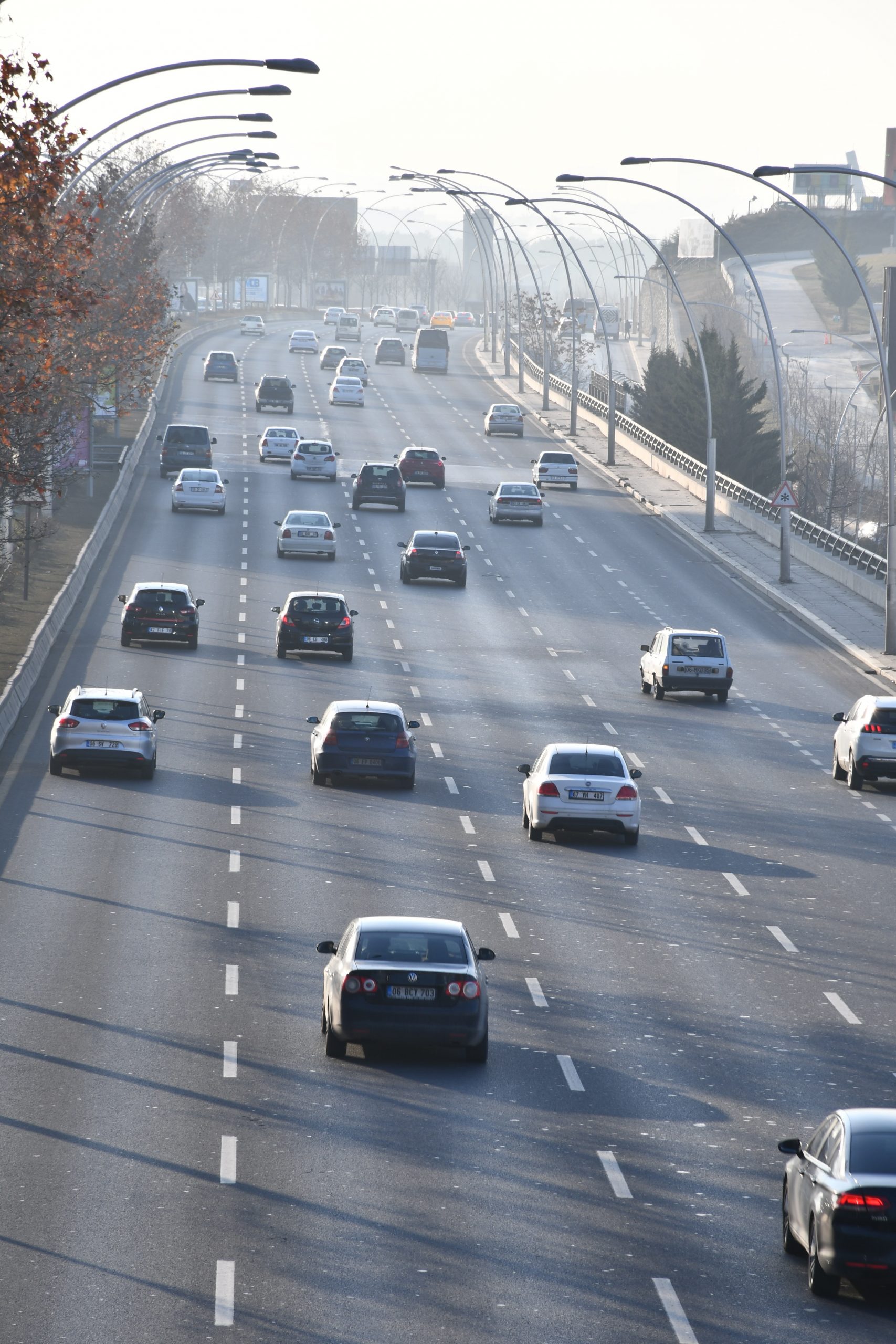Concussion symptoms can be confusing. They don’t always show up at expected times, they can come and go, and sometimes they do not go away without extra therapy. For some people, concussion symptoms can be mild, lasting just minutes; for other people, symptoms can last months. On a more confusing level, someone may experience a concussion with little symptoms, then years later experience a second concussion with long-lasting symptoms.
So why are concussion symptoms confusing and volatile?
What makes a simple experience for one, an intensely frustrating experience for another?
It is difficult to answer the question ‘How long does a concussion last for?’ as every concussion, for every individual, is different. Approximately 70% of people who sustain a concussion, will have symptoms dissipate by the 2-week mark. However, this doesn’t necessarily mean the brain has fully recovery yet! The remaining 30% of people will experience symptoms that will last more than 2 weeks – this is called ‘post-concussion symptoms.
To understand why concussion timeframes may vary we need to briefly understand the brain during a concussion. For a more in depth look at the pathophysiology of the brain, click here:
(BLOG – How a Concussion impacts the brain)
The first consideration to look at which may influence the length of your concussion is ‘How long ago was my last concussion?’
If a concussion was sustained before full brain recovery of a previous concussion, it is much more likely symptoms will be prolonged. The studies show that full brain recovery typically occurs between 22-45 days following the injury. Therefore, it is imperative to seek appropriate clearance from an experienced practitioner before returning to sport.
Following a concussion, the brain suffers a disruption in the normal processes relating to chemical signaling, oxygen uptake and energy expression. Nerve cells (or neurons) are the key players in relaying important messages within the brain and to the body.
Think of neurons almost like highways….

When the traffic on highways flow freely, the messages within the brain work quickly and efficiently. The problem is the highways can be disrupted!
Potholes can form,
cars can breakdown
the roads can crack,
and lanes can be closed.
In this case, the cars using the highways are forced to slow down, crawl or stop and wait. Within the brain this means that neurons aren’t sending messages as effectively as what they should. Alternate, less efficient routes are formed which means the brain won’t run at 100% of its capacity.
Unfortunately, while the neurons of the brain are receiving some maintenance, it is likely that you will feel some symptoms until these highways are repaired. Usually, this process of ‘highway repair’ takes 7-10 days until the symptoms go away and the neurons are back to being efficient.
Keep in mind though, cracks in the highway may linger underneath and just take a little bit more time to solidify. In reality this means that, even though symptoms may disappear, it is important that the underlying ‘cracks in the highway’ are fully repaired before returning to sport, as a secondary concussion may significantly shake up those highways more so than the first concussion.
What happens when concussion symptoms last for longer than the 7-10 days required to patch ‘the highway’?
There is a simple theory behind this… If a main road is congested, commuters will often take alternative routes to get to their destination. If the main road was consistently congested, commuters wouldn’t even bother thinking about using the main road anymore. The alternative route becomes the standard route.
People who have suffer multiple concussions within a short timeframe (typically within a few weeks of each other) may experience this phenomenon. Less efficient routes of neuron communication are standardized in the brain, and the brain may start to perpetually run at a sub-optimal state! It takes longer for the ‘main highways’ of the brain to recover after a subsequent concussion within a short period of time. When the highways have FINALLY recovered, the brain may have become use to the new, less efficient pathways, and may never revert back to the most efficient pathways.

This can also happen in those who have suffered a single concussion – it is less likely but still very possible! As we know, a single concussion can temporarily divert signals in the brain to a less effective pathway – although this usually is fixed internally within 7-10 days. However, a concussion may not just be a brain injury. A concussion can also often have serious implications in other structures of the head which may lead to lingering symptoms. Any or all of these structures can be impacted following a concussion. More information on these systems may be found here:
(BLOG – How to overcome the pillars of post-concussion symptoms).
- The neck
- The visual system
- The exercise system
- The inflammatory system
- The psychological system
- The vestibular (balance) system
In reality, even though the neurons and the brain have recovered after 22-45 days after a single concussion, disturbances of the above structures may prevent the brain from getting fully back into gear. For example, if the neck is injured severely during a concussion episode, it may FEEL like concussion symptoms. Not only is it possible to feel pain over the neck with a neck injury, but it is also possible that neck irritations can present itself in the form of headaches, dizziness or ‘pressure in the head’. This is just one scenario of an abundance of possibilities as to why concussion-related symptoms can linger.
There may also other body systems, other than the brain, which could be preventing the brain to return to optimal neuron messaging. With a combination of physiotherapy, gradual exercise, cognitive therapy, diet, and calming activities (e.g., meditation), many of these pathways can be reset. However, it may be difficult to reset these pathways on your own. Expert assistance through trained and experienced concussion healthcare practitioners can lead those impacted significantly overcoming these lingering symptoms.
The science is now indicating that the most effective way for concussion recovery is early initial assessment and treatment. Seeking guidance from a knowledgeable concussion practitioner soon after a concussion is the number one thing you can do to safeguard yourself against potential months of unpleasant symptoms. A knowledgeable concussion practitioner will immediately advise you on active rehabilitation strategies. Rehabilitation opportunities such as general exercise and specific physical therapies (e.g., visual or vestibular therapies) will immediately be prescribed. This is known to be extremely effective in promoting a full recovery. In direct contrast, those who may have been engaging in counterproductive recovery strategies such as complete rest or excessive physical exercise can inhibit recovery.
The speed to see a qualified concussion practitioner is crucial for an enhanced recovery!
It is very difficult to answer the question “How long will my concussion take to recover?” Rather a more appropriate question may be “When is it safe to return to work/school or sport?” The answer to this question is… the moment that comprehensive testing finds that your brain is functionally at full capacity as it did before the injury.
Studies suggest that 70% of people they will recover from their symptoms within 7-10 days and a full brain recovery will take between 22-45 days. However, for 30% of people, symptoms may take longer than this timeframe, potentially months following the injury. This timeframe may be significantly reduced through active rehabilitation strategies provided by a concussion practitioner.


Recent Comments